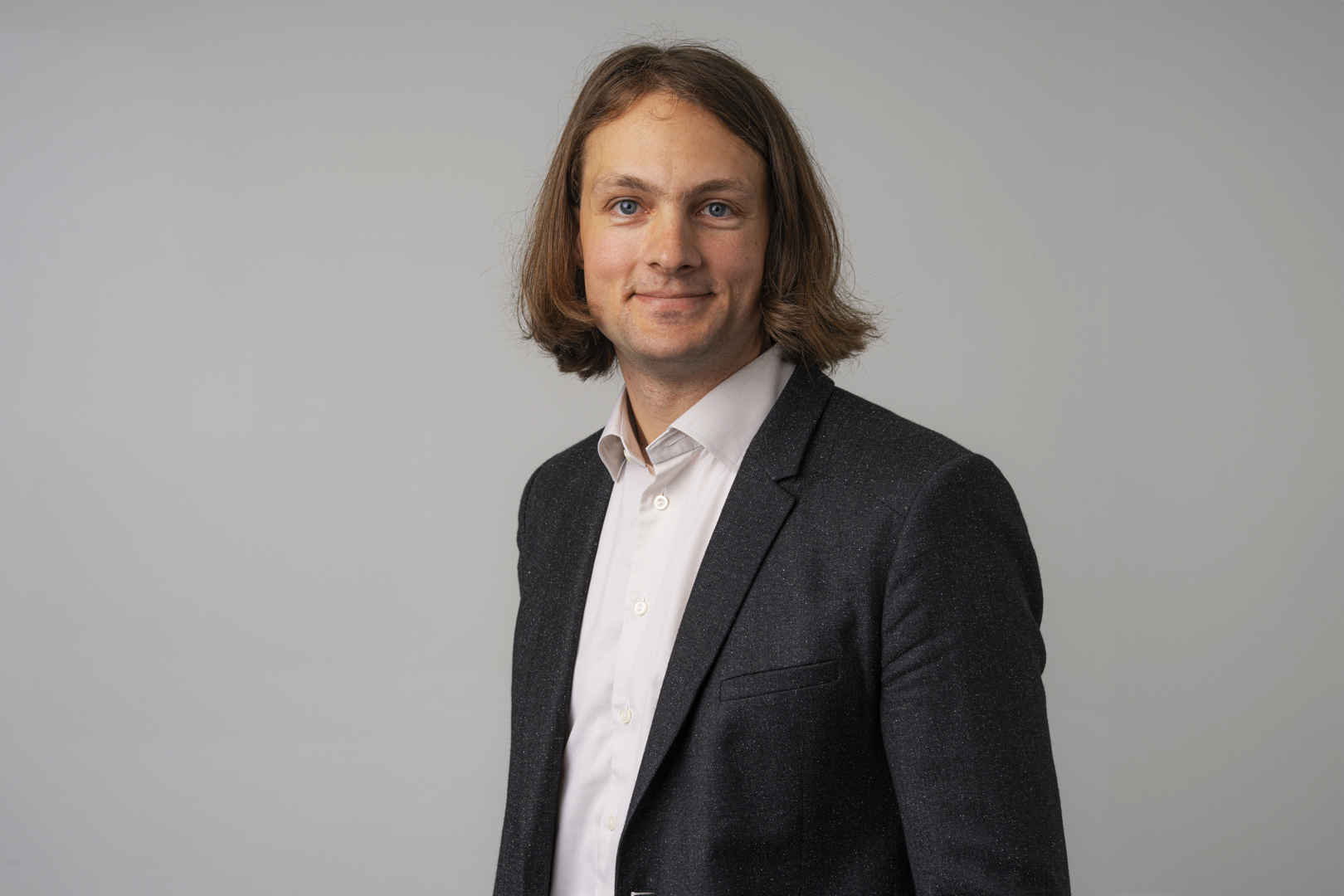Konstantin Wernli
Research leader

Project title
From perturbative to non-perturbative quantumfield theory by cutting and gluing
What is your project about?
Quantum Field Theory (QFT) combines special relativity with quantum mechanics to describe the fundamental particles of the universe. To describe interactions of particles, physicists use Feynman graphs and rules. This approach is called perturbative QFT and provides accurate predictions that can be measured at CERN. However, mathematicians have found a non-perturbative approach, where spacetime can be cut into simple pieces and glued back together. By combining the strengths of perturbative and non-perturbative QFT, we will be able to better understand spacetime at the small-scale level, paving the way for new and unexpected discoveries. In my project, I will study a new way of cutting and gluing Feynman graphs to understand the connection between these two approaches on simple pieces of spacetime. The goal of the project is to study the connection between the two approaches in a specific example, which will make it possible to understand the general cases.
How did you become interested in your particular field of research?
I first became fascinated with math when I was given the book “The Number Devil” as a child. The book is about a child who dreams of a devil who shows him some of the wonders of math. I fell in love with math and after high school I decided to study the subject. During my studies I realized that mathematics is much more than just numbers, but also a lot of beautiful abstract concepts. I found both those concepts, and their application in other sciences, extremely exciting, and finally wrote a master thesis on an application of a very beautiful mathematical theory of symmetries in quantum computing. It was the first time I tried mathematical research and it was just my thing. In my PhD, I found out that there are lots of mathematical questions that come from quantum field theory, and I am very excited to explore them in my research.
What are the scientific challenges and perspectives in your project?
Quantum field theory is a very difficult subject both conceptually and mathematically. According to Nobel Prizewinner Richard Feynman, all possible realities are in a superposition where mathematicians have been trying for more than 70 years to find precise foundations for Feynman's explanation. There have been several attempts to construct mathematical models of QFT, but the problem is often that they cannot make it connect with physics. In my project, I want to build a bridge between physics and mathematics in a specific example, and thus help to understand the connection between the two approaches in general.
What is your estimate of the impact, which your project may have to society in the long term?
My project is first and foremost basic research aimed at understanding the mathematical foundations of quantum field theory. Understanding how our universe works is one of the deep questions we want to answer as a society. But I also believe that research in quantum field theory can lead us to new and unexpected innovations. In addition, the example study is directly relevant to a special kind of quantum computers and I believe that the results of my research can help build new, more error-resilient quantum computers.
Which impact do you expect the Sapere Aude programme will have on your career as a researcher?
Getting a Sapere Aude: DFF-Starting Grant is a great honor for me and I am very proud of it. This is the next step in my career as a researcher and it is a very big step. I get the opportunity to lead a group of researchers to investigate some big open questions and that is simply amazing. I believe that with the help of the grant I can become an expert and research leader at a high international level in my subject. International collaboration is very important in mathematics and the grant will help me both to deepen my current collaborations and build new ones.
Background and personal life
I grew up in Zürich in Switzerland and studied mathematics at ETH Zurich and the University of Zurich. After my PhD I spent some time in Germany and the US before moving to Odense with my wife, Ramona. In Denmark we had two boys: Emil, who is now 3 years old, and Finn, who is now 8 months. I love spending time with my family. In my previous life I played handball and guitar, both classical and as a teenager in a rock band. I also like reading books, playing Nintendo, especially Zelda and Mario, and doing exercise or water sports like wind- or kitesurfing, but right now I am into baking sourdough bread for the family and playing with my kids. It is actually a very good way to relax from work and helps me to create new ideas.
View all research leaders here
Research institution
University of Southern Denmark
Research field
Mathematics
City of your current residence
Odense
High school
Realgymnasium Zürich
